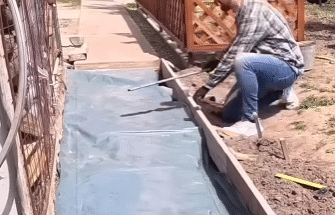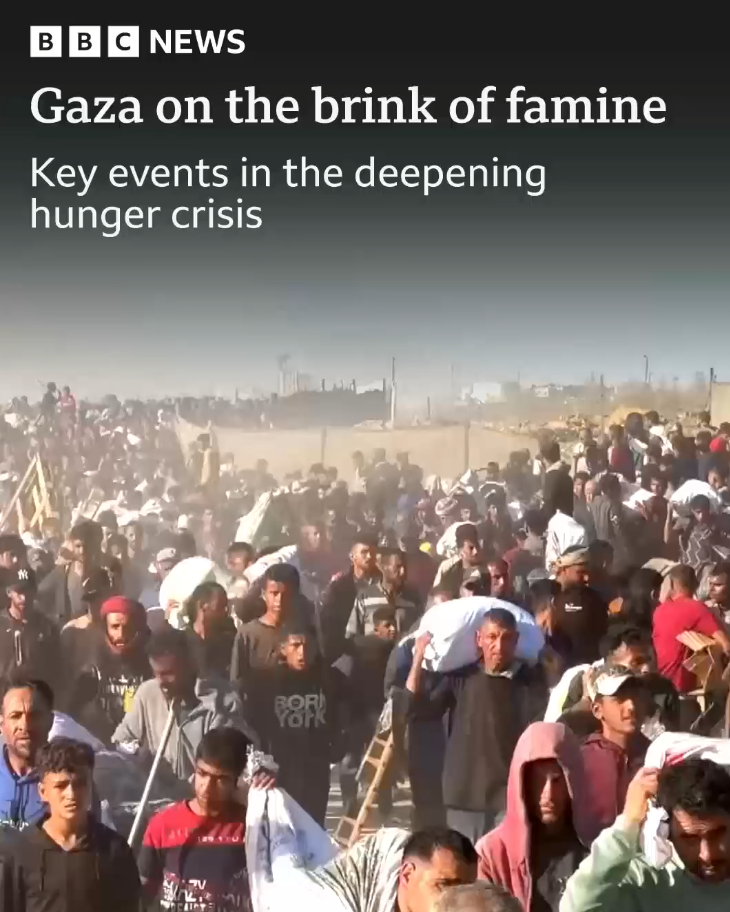
Scenes of chaos have broken out at aid distribution centres run by the Gaza Humanitarian Foundation – a US-and Israeli-backed group.
Tap the link in @BBCNews’s bio to read more about the latest developments in the war.#Israel#Gaza#BBCNews
After nearly three months of a crippling blockade, Israel began allowing a limited amount of humanitarian aid into Gaza last week—a move that has drawn both relief and criticism from the international community. The decision to ease restrictions, even slightly, comes amid growing pressure over the worsening humanitarian crisis in the besieged enclave, home to more than two million people.
The blockade, which began in early March, had effectively cut Gaza off from essential goods, halting the flow of food, medicine, fuel, and shelter materials into the region. The consequences were devastating. Hospitals were forced to shut down critical services due to fuel shortages, clean water became scarce, and food insecurity reached catastrophic levels for much of the population.
A Fragile Reopening
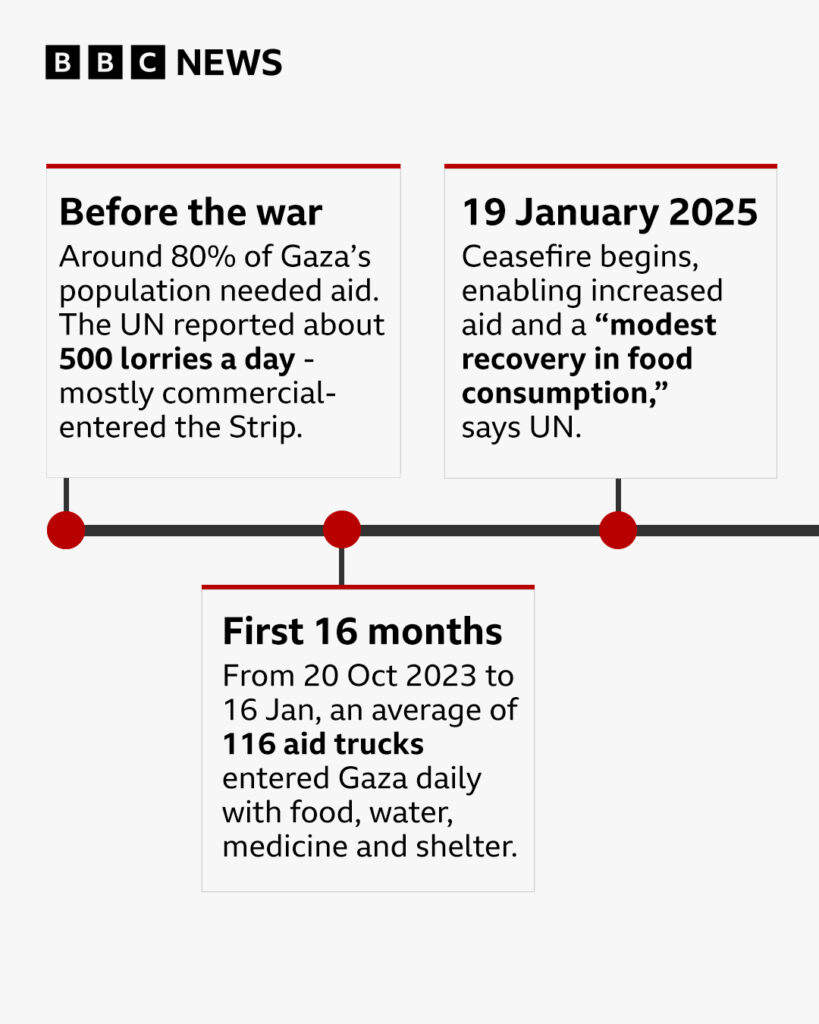
The partial reopening of the crossings—specifically the Kerem Shalom and Erez points—has allowed the entry of a small number of aid trucks per day. These trucks are primarily carrying life-saving supplies: flour, rice, antibiotics, insulin, tents, and water filtration systems. However, humanitarian organizations warn that the volume of aid is far below what is needed to address the scale of suffering.
“We welcome any aid getting in,” said a spokesperson for the UN Relief and Works Agency (UNRWA), “but what we’re seeing is a drop in the ocean. Gaza needs hundreds of trucks a day, not a few dozen.”
Israel’s government has stated that the decision to permit limited aid was made in coordination with international partners and is being conducted under tight security scrutiny to prevent weapons or dual-use materials from reaching militant groups.
“We are committed to humanitarian assistance reaching civilians,” said an Israeli official. “At the same time, we must ensure that our security is not compromised.”
Humanitarian Crisis Deepens
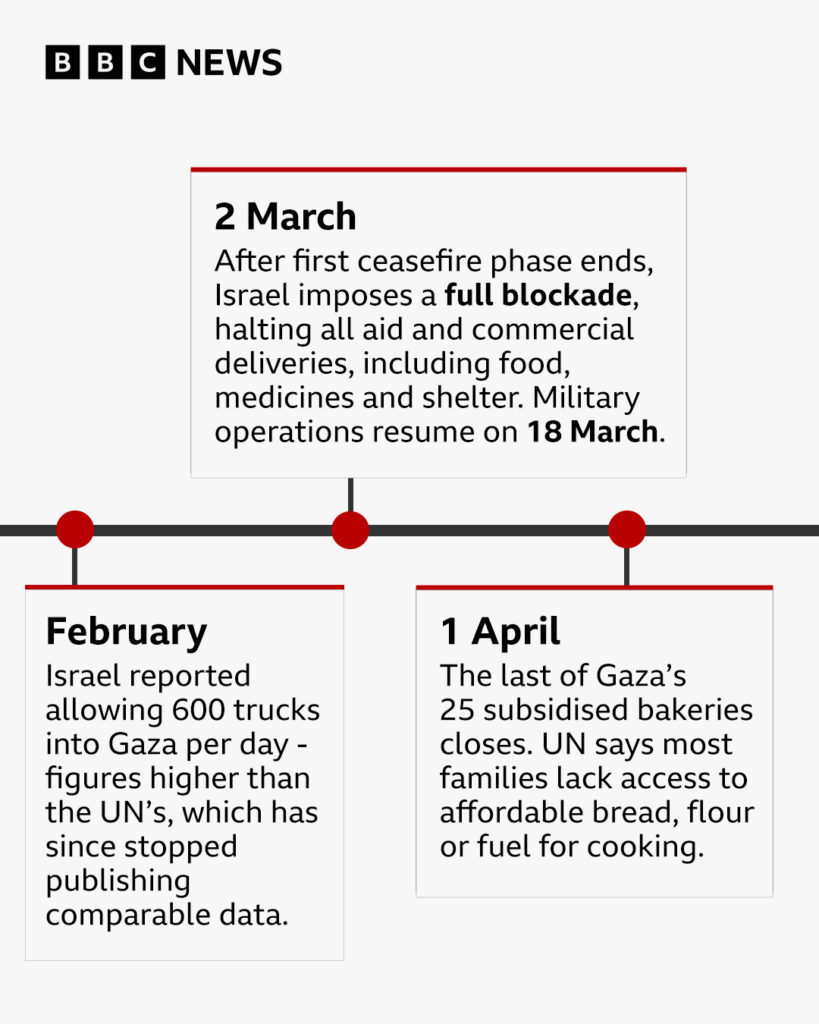
Even with the resumed aid trickle, the humanitarian situation in Gaza remains dire. According to reports from aid agencies, more than 80% of Gaza’s population is currently dependent on some form of humanitarian assistance. Basic healthcare infrastructure is collapsing, and widespread malnutrition is now being reported among children under the age of five.
Doctors Without Borders recently described the scene in northern Gaza as “apocalyptic,” with makeshift clinics running on limited generators and a severe lack of antibiotics, anesthetics, and clean surgical equipment. Fuel deliveries, while allowed in small quantities, are still too limited to restore electricity to much of the region, leaving entire neighborhoods in darkness.
Shelter is another urgent need. The blockade coincided with a period of renewed conflict that left thousands of homes damaged or destroyed. With little access to building materials, displaced families are crammed into overcrowded shelters, tents, and school buildings repurposed as emergency housing.
International Pressure Mounts

The partial reopening followed a wave of international appeals and mounting public outrage. The United Nations, European Union, and several humanitarian groups had issued urgent calls for Israel to lift the blockade on humanitarian grounds. The Biden administration also reportedly pressured Israeli leaders in behind-the-scenes talks, urging immediate steps to avoid a full-scale humanitarian catastrophe.
Several protests and advocacy campaigns around the world, including in Washington D.C., London, and Paris, drew attention to the growing toll of the blockade. Social media campaigns using hashtags like #LetGazaLive and #OpenTheCrossings gained momentum, amplifying calls for access and accountability.
Critics argue that using humanitarian aid as a political tool violates international humanitarian law, which requires that civilians in conflict zones have access to life-saving supplies regardless of military objectives.
“Blocking aid is not just a war tactic—it’s a violation of fundamental human rights,” said Kenneth Roth, former executive director of Human Rights Watch. “Civilians should not be punished for the actions of armed groups.”
Challenges to Distribution
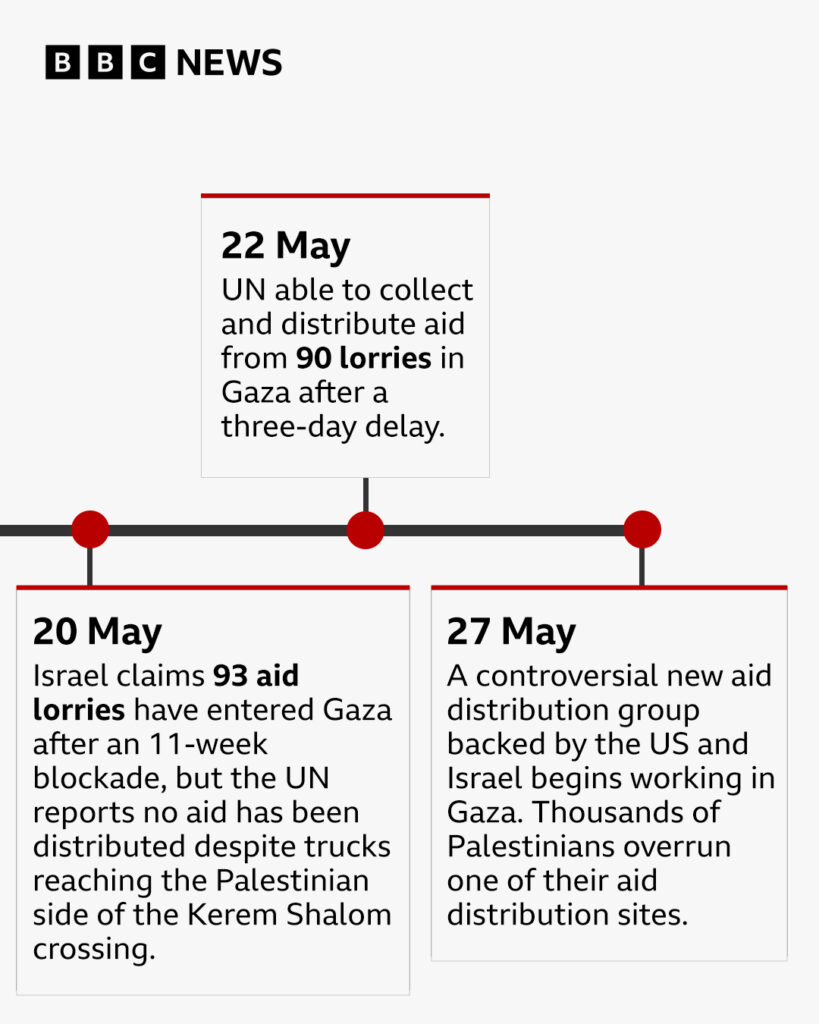
Even with some aid now allowed into Gaza, getting it to the people who need it remains a massive logistical challenge. Roads and infrastructure damaged by airstrikes and shelling have made transportation slow and dangerous. Fuel scarcity compounds the difficulty, as delivery trucks often have to wait for hours—or days—for enough diesel to make their rounds.
Additionally, the fragile ceasefire agreements in parts of Gaza remain uncertain. Sporadic outbreaks of violence and airstrikes risk halting the delivery process altogether. Aid workers report frequent delays at checkpoints, additional inspections, and the risk of being caught in crossfire zones.
“There’s no such thing as a ‘safe route’ in Gaza right now,” said a field coordinator for an international NGO. “We have staff taking extreme risks just to deliver baby formula or clean water.”
Looking Ahead
While the partial aid resumption is a necessary first step, it falls short of the comprehensive access many advocates are demanding. Humanitarian leaders are calling for sustained and unrestricted entry for aid convoys, a formal mechanism to protect humanitarian workers, and an international framework to ensure the needs of civilians are prioritized.
Peace remains elusive, but the survival of Gaza’s civilians hangs in the balance. For mothers lining up for hours to receive bags of rice, for doctors performing surgeries by flashlight, and for children trying to sleep in bombed-out shelters, time is running out.
The world’s eyes are once again on Gaza, watching to see whether this limited opening signals the beginning of broader relief—or if it will fade as yet another temporary gesture in a long and devastating blockade.


